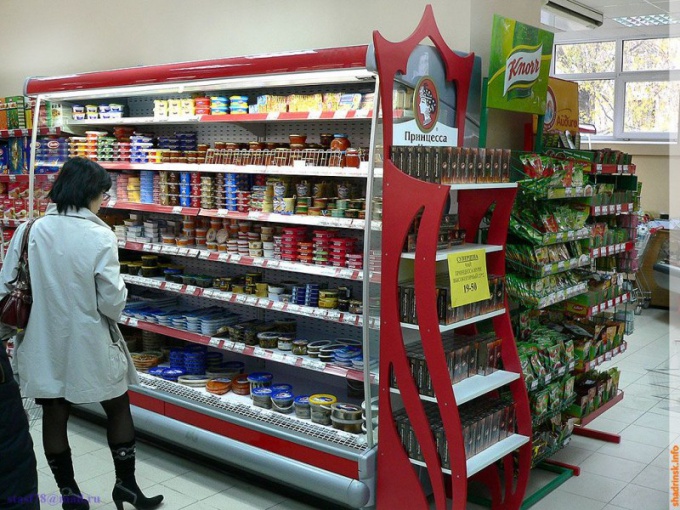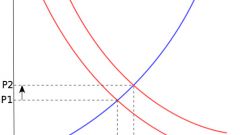Instruction
1
Consider the period of calculation of the coefficient. For grocery store in General over the year monthly sales volume may remain essentially unchanged, but keeping a record of weeks, it will be understood that on Saturday and Sunday, these volumes are significantly higher than on weekdays. Accordingly, you will need to organize the delivery of perishable products to a greater extent specifically to the weekends. In stores that sell building materials, seasonality of sales is expressed in a significant increase in warm season, so the calculation can be done monthly, depending on the month of the calendar year.
2
Lead sales statistics for each type of goods. For accurate result you must have data at least for two or three years (in the case of a grocery store for a few weeks). This will allow you not to take into account in their calculations of random factors and increase their reliability. Break all products sold in your store in the category. Select the unit of measure. It is better not to use this as a money – always have to consider the factor of inflation of Rosstat, and it does not always coincide with the actual performance. Keep records of volumes, kilograms, boxes.
3
Use monthly sales data for the last three years. To determine the average monthly sales of products in a particular category, add their performance for the year and divide by the number of months in year 12. Divide sales by the average value to obtain the coefficient of seasonality for the month being analyzed. In exactly the same way to calculate the coefficients of the seasonality for each month over several years, add them up and divide by the number of years participating in your analysis. You will receive the average rate of seasonality. The accuracy of its determination will be higher, the greater the number of years analyzed.
Useful advice
Note that not all products can be forecast, and some periodically there is an excessive demand. Therefore, the values can be corrected taking into account these factors and expert opinions.


